March 6th, 2024
7minute read
Lets start with my personal philosophy.
Im not the only guy in the world who has drawn that conclusion.
Adorable little three-year-old kids are pretty awesome, and you and I are cool.
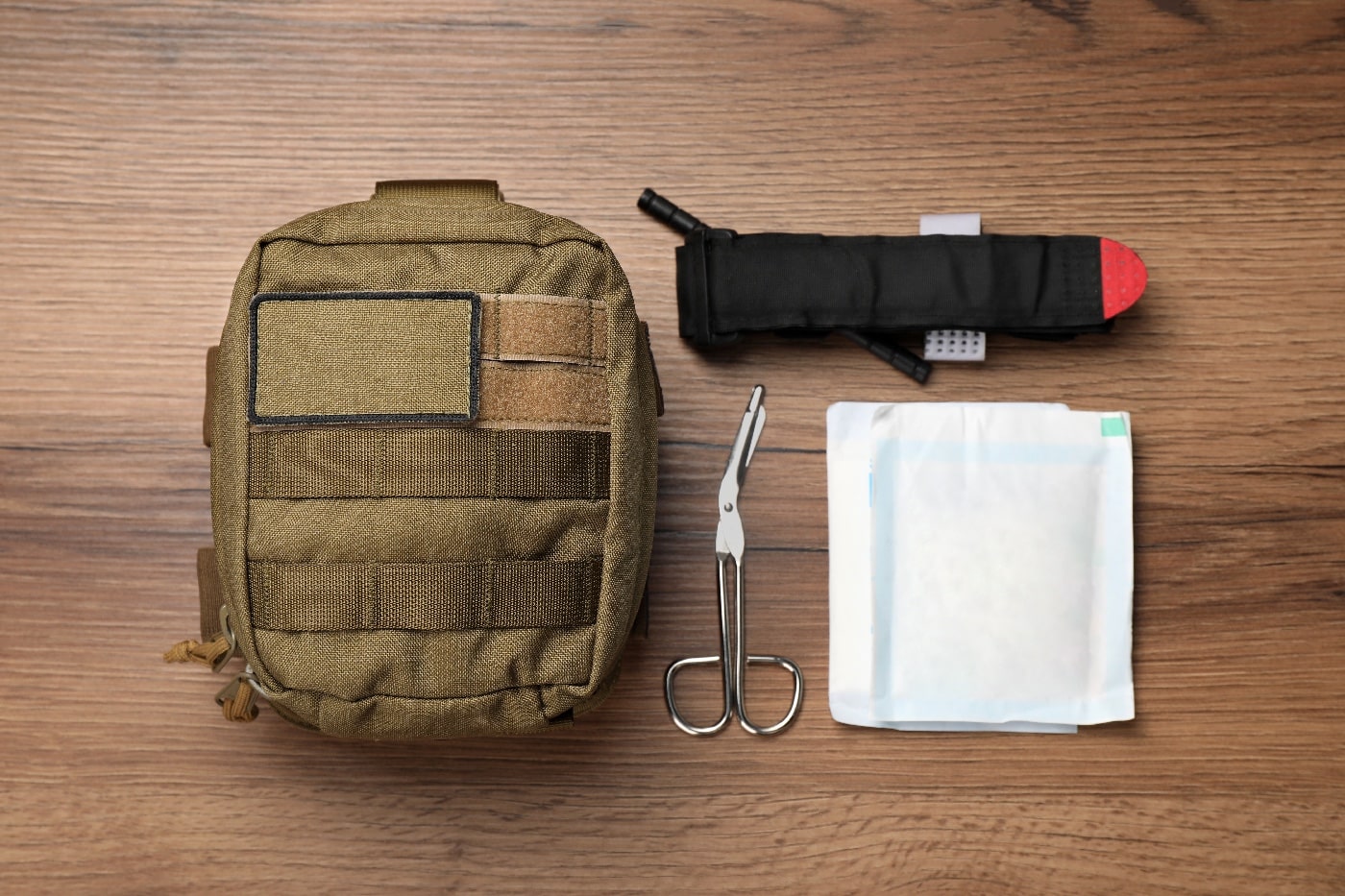
A simple trauma kit can be easily assembled at a low cost and kept handy in your home should anyone in your family ever experience an attack or accidental injury.
However, most everyone else is at least suspect.
That lamentable attribute of the human condition manifests in some curious ways.
Greed is a timeless scourge.
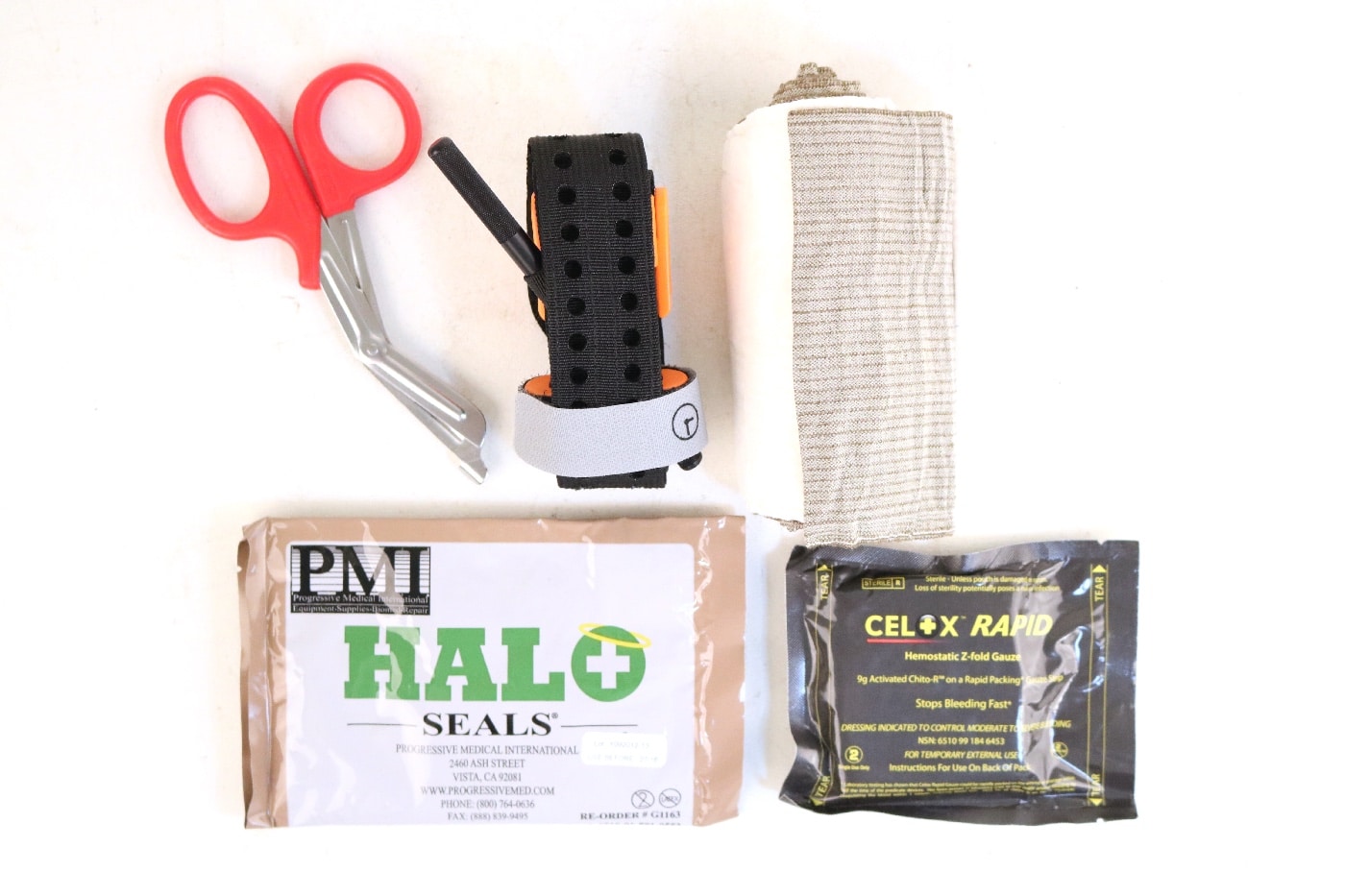
The contents of a emergency trauma kit are relatively simple and easy to assemble. We recommend acquiring them from reputable medical supply sources.
It is a corollary of pride, the alpha sin.
Its what drove Cain to kill Abel.
Pride is what might make some envious and want to take other peoples stuff.
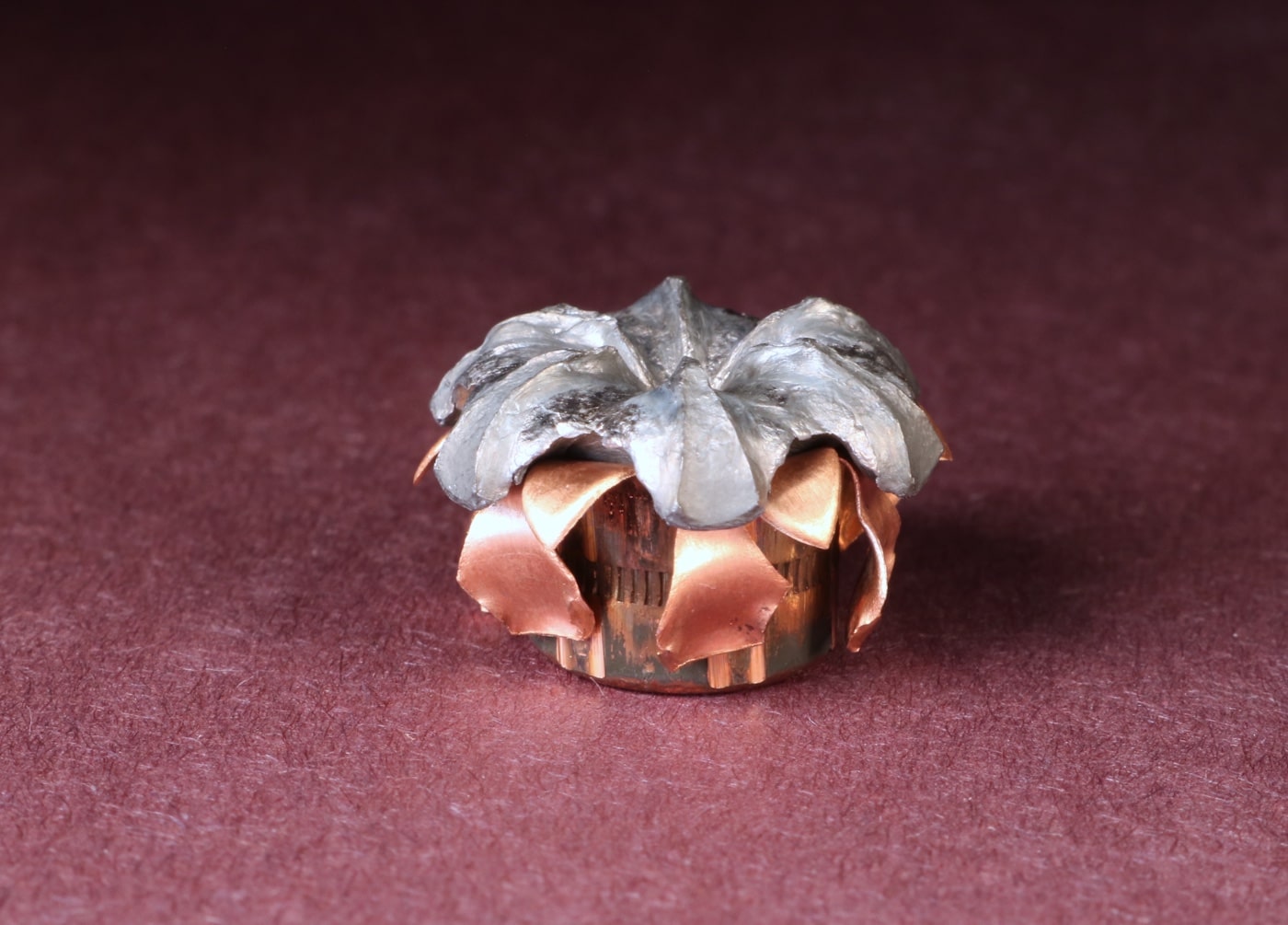
Modern defensive bullets can be remarkably efficient against tissue, which would require immediate medical attention.
And thats why you have to be ready should you hear glass breaking at 3 oclock in the morning.
Like many of us, I have been the victim of crime but not while I was physically present.
However, I have any number of buddies who have been much closer than that.
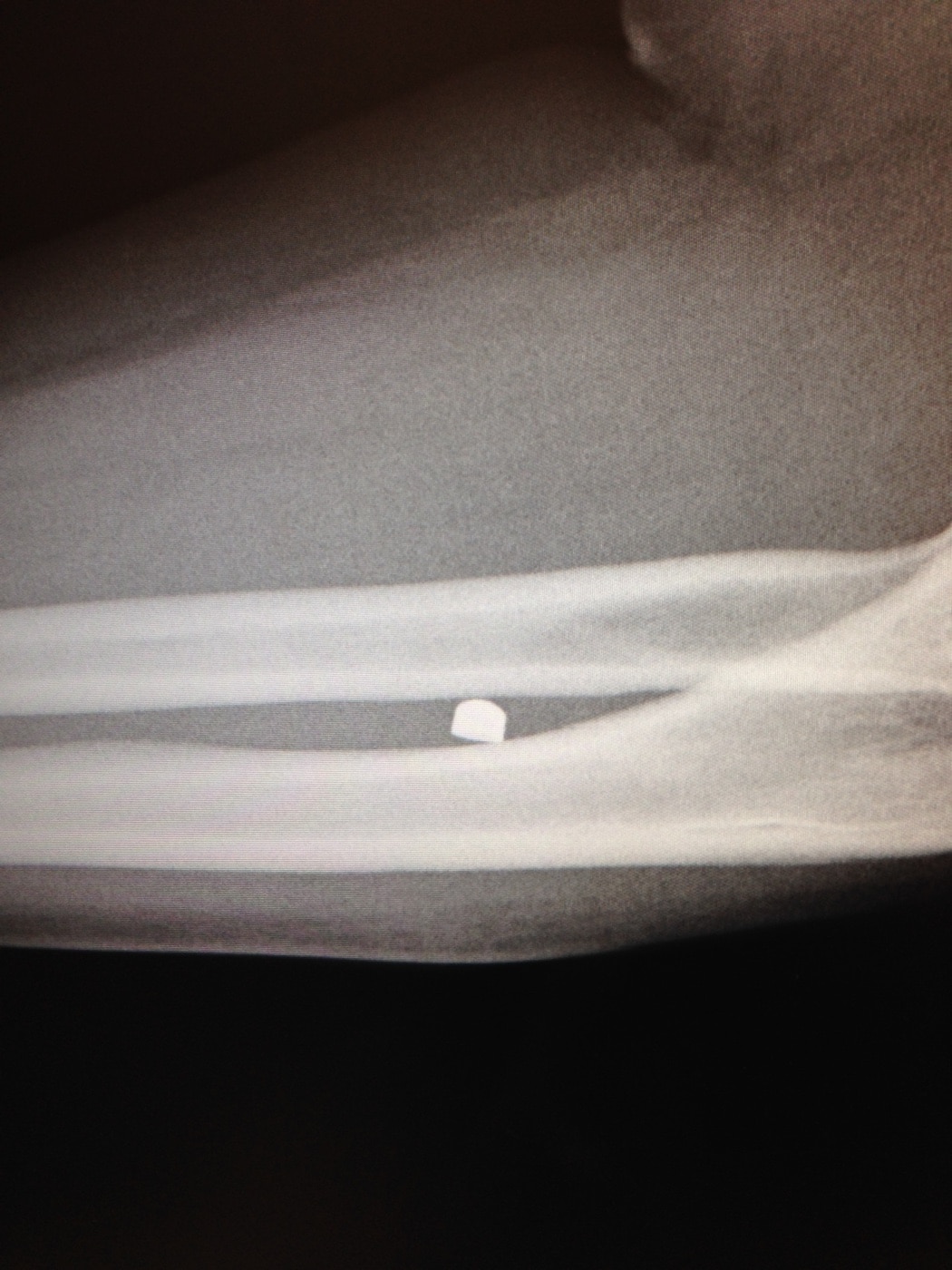
Bullets do weird things in tissue. Dealing with the aftermath takes a little forethought.
Big Picture
As regards firearms or knives, the actual mechanism of incapacitation can be polyfactorial.
Interdicting the central nervous system will put the hiatus on most anything anyone might have been planning on doing.
If you or somebody you care about is ever shot, have reasonable expectations.
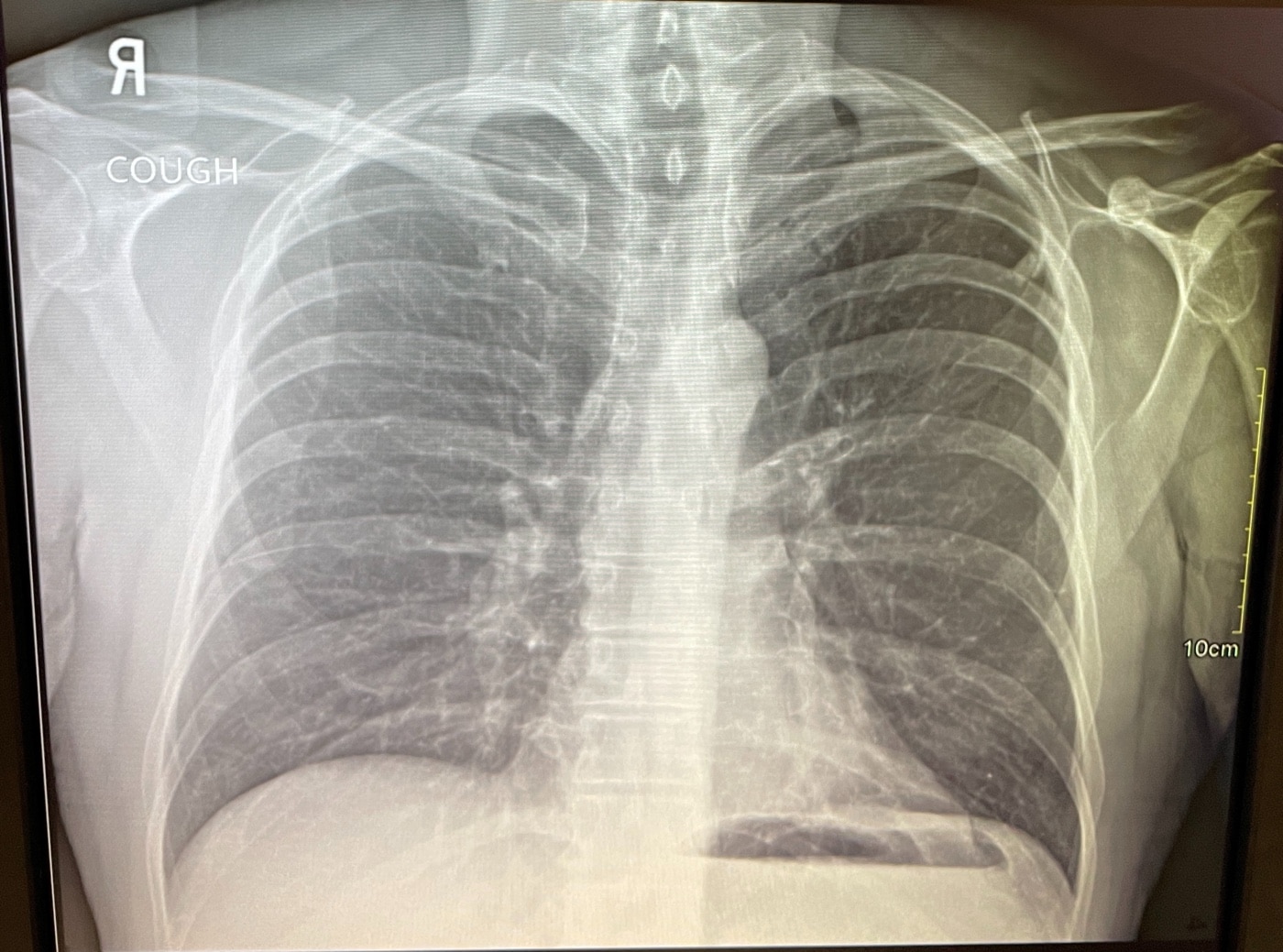
On an x-ray, dense stuff like bone shows up white. Less dense stuff like air is black. This is my chest x-ray. Most of your chest is actually just empty space.
You do the best you’re able to, but your options at the scene will be limited.
The goal is not to fix the problem.
The objective is to keep someone alive long enough to reach a hospital.
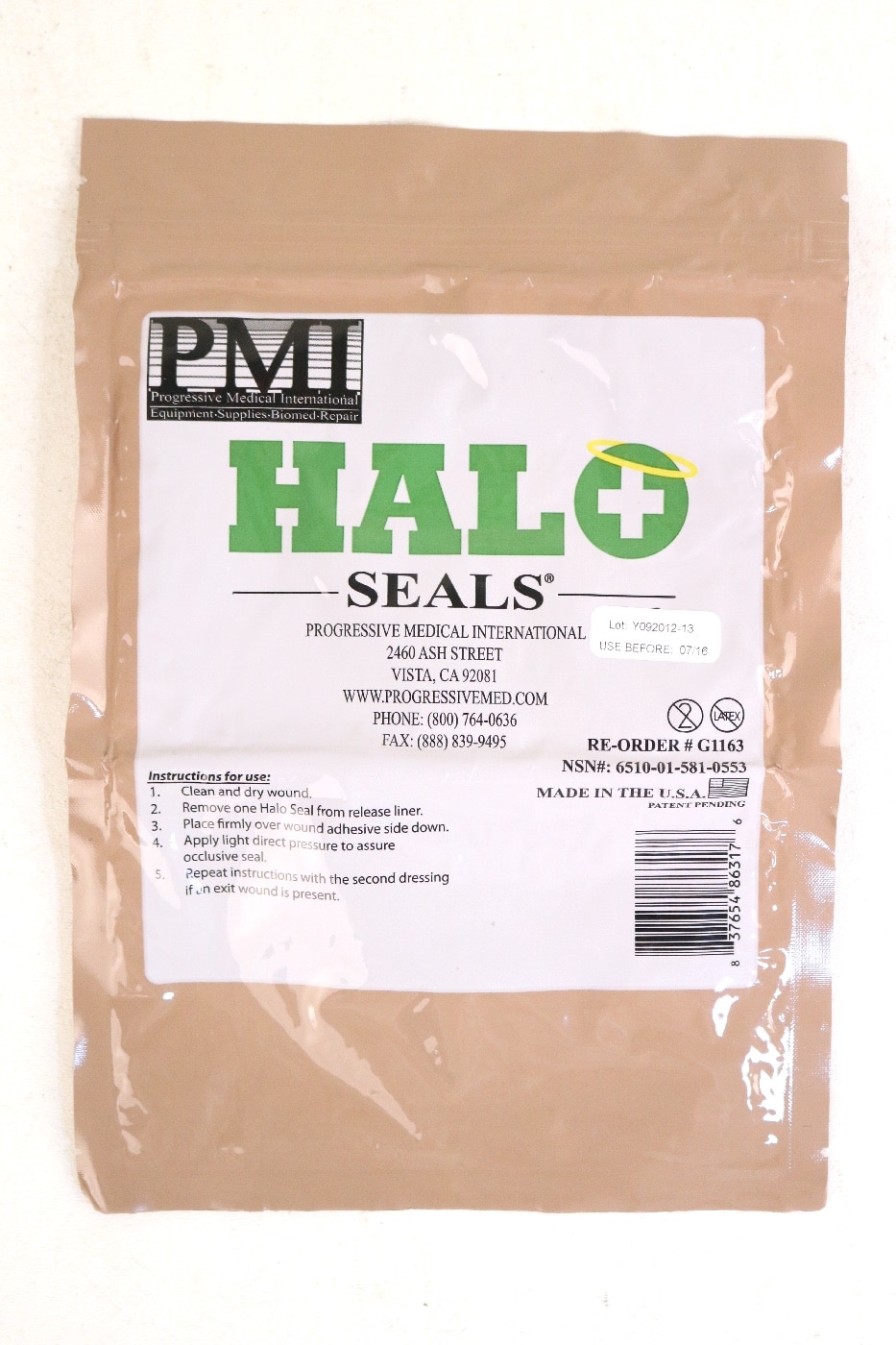
Chest seals are pieces of adhesive plastic that will exclude air from entering a penetrating chest wound. They’re relatively inexpensive.
The ABCs
ABCs stands for Airway, Breathing, and Circulation.
Lets start with the basics.
This is about to get messy.
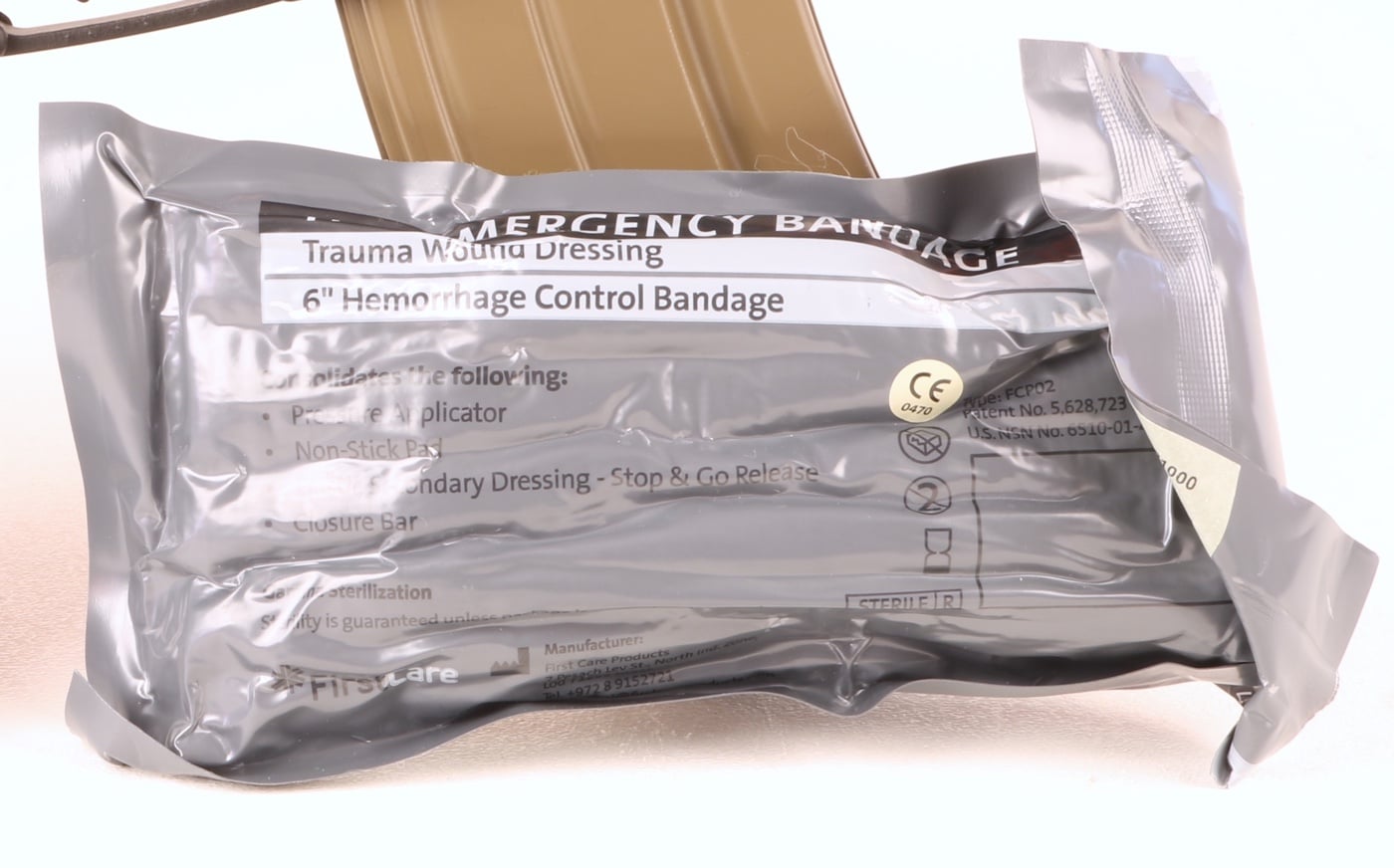
Israeli battle dressings are the finest combat bandages the author has encountered. Buy a spare so you can crack it open and learn how it works.
it’s crucial that you embrace that.
If you pass out at the sight of blood you might want to try desensitizing yourself.
A week later you could enjoy a pizza in that place.
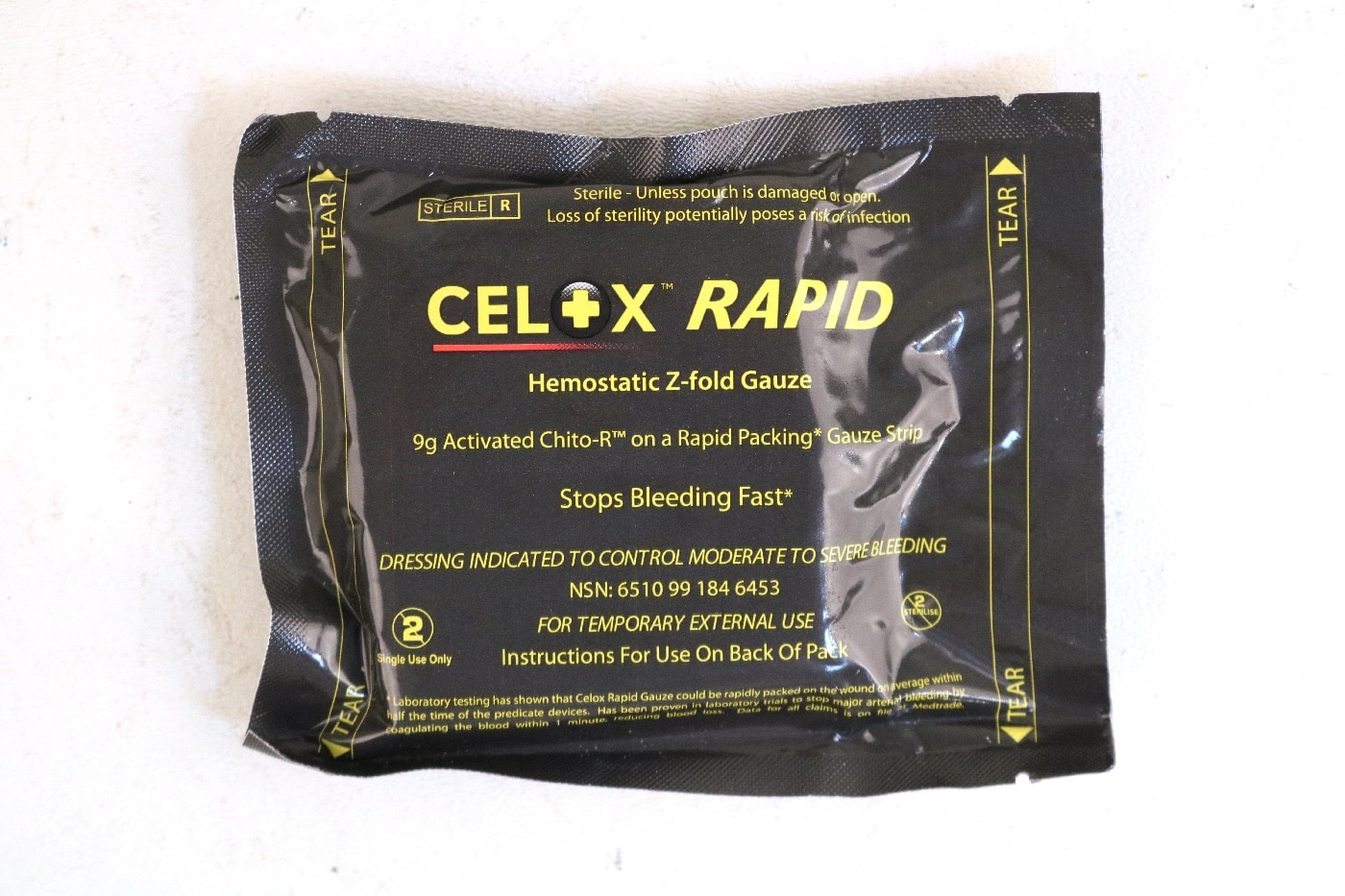
Hemostatic bandages like Celox or QuikClot will help expeditiously plug holes.
The human animal can acclimate to anything.
Plugging the Holes
Most of your chest is empty space.
A glance at a chest X-ray bears that out.
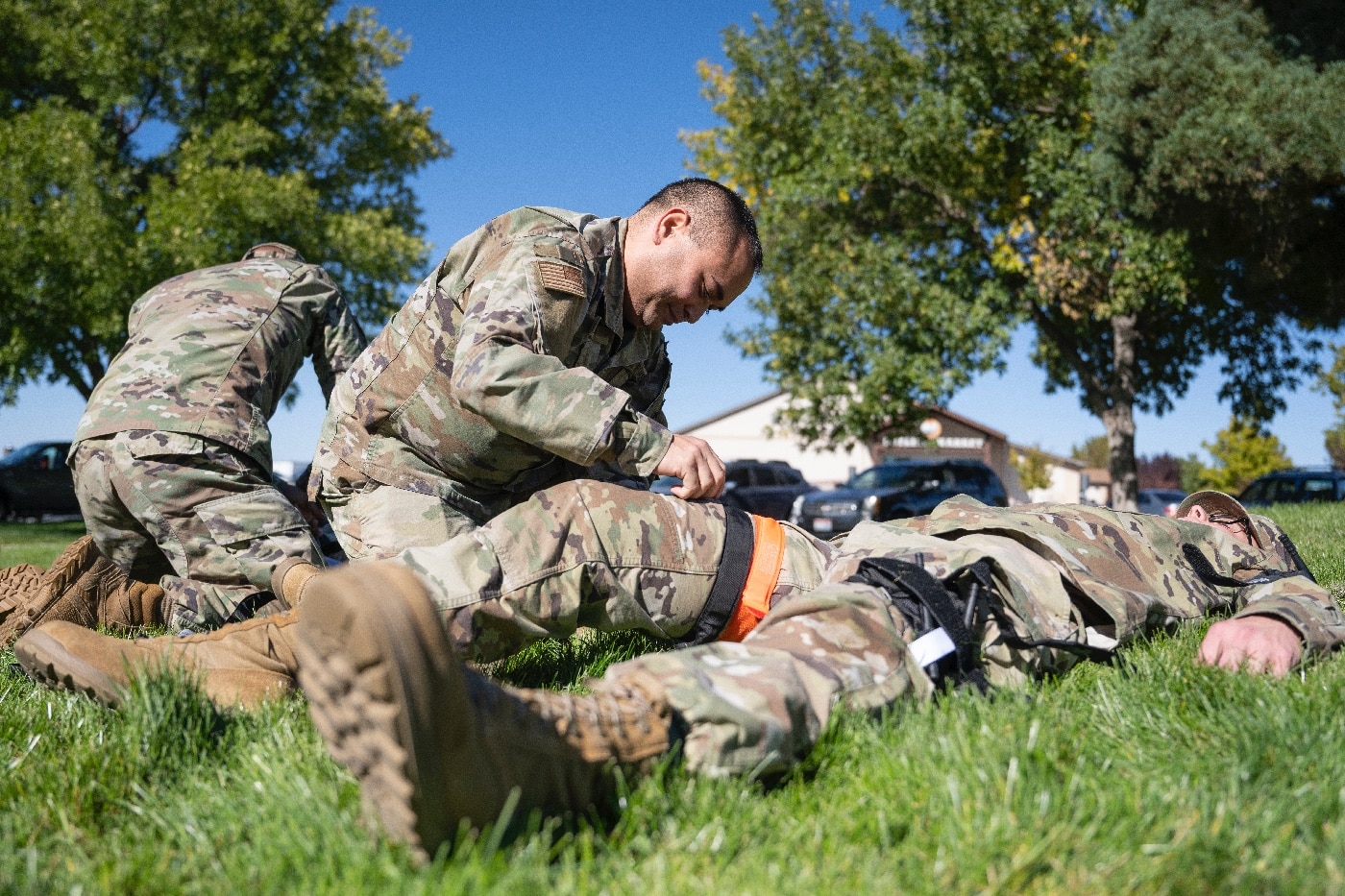
Airmen learn how to apply a tourniquet during a Tactical Combat Casualty Care course. Image: Staff Sgt. Joseph R. Morgan/U.S. Air National Guard
Your chest acts like a bellows.
When you inhale, you create a negative pressure state that draws fresh air into your lungs.
Your lungs are like two airtight bags that fill your chest cavity completely.
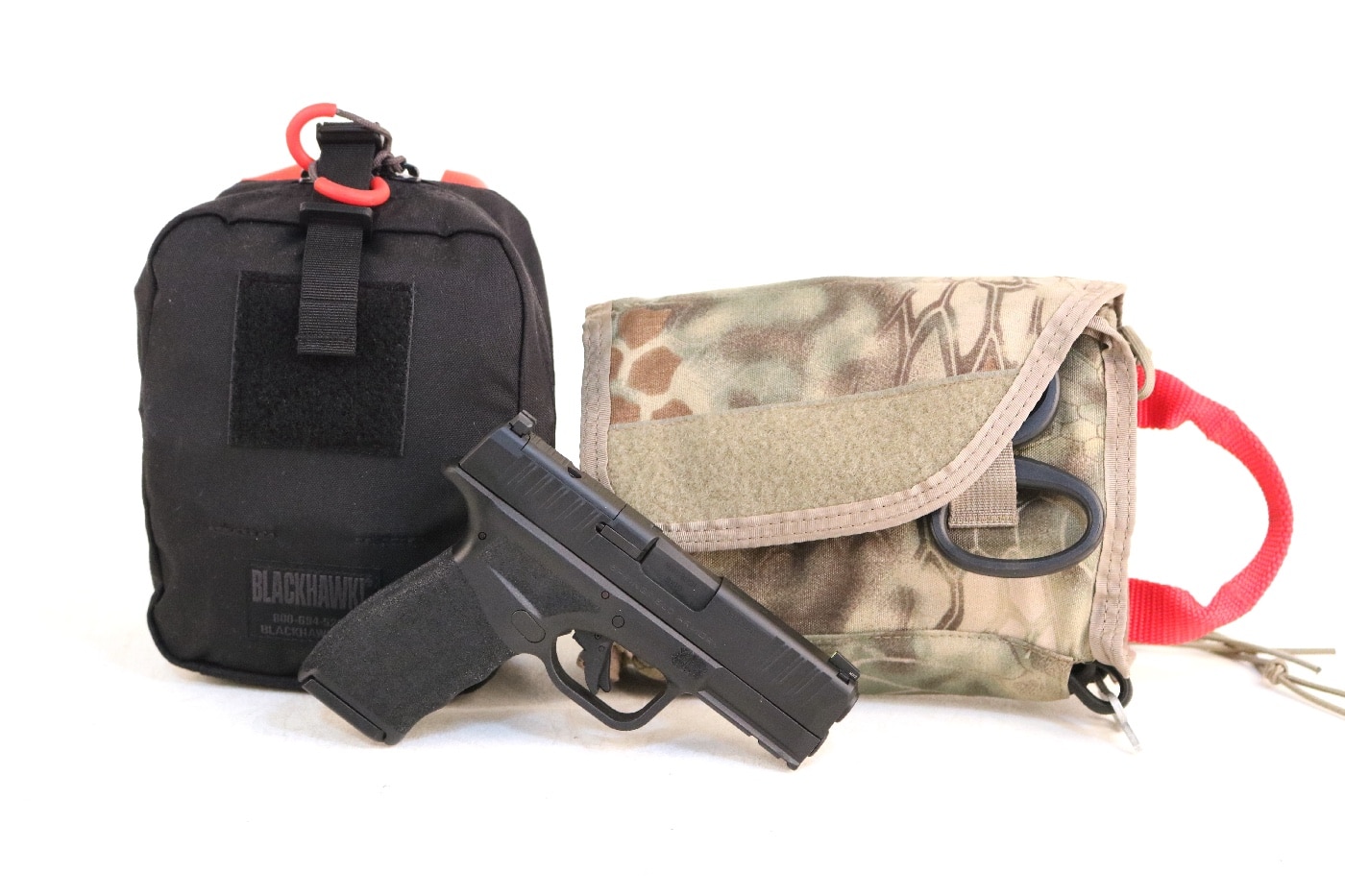
A decent home trauma kit need not take up much space. It can also be portable so you can take it with you in the car or into the field.
The demarcation between your lungs and your chest cavity is a potential space.
Theres no air there, and it is sealed off.
However, punch a hole in that and nothing works quite as it should.
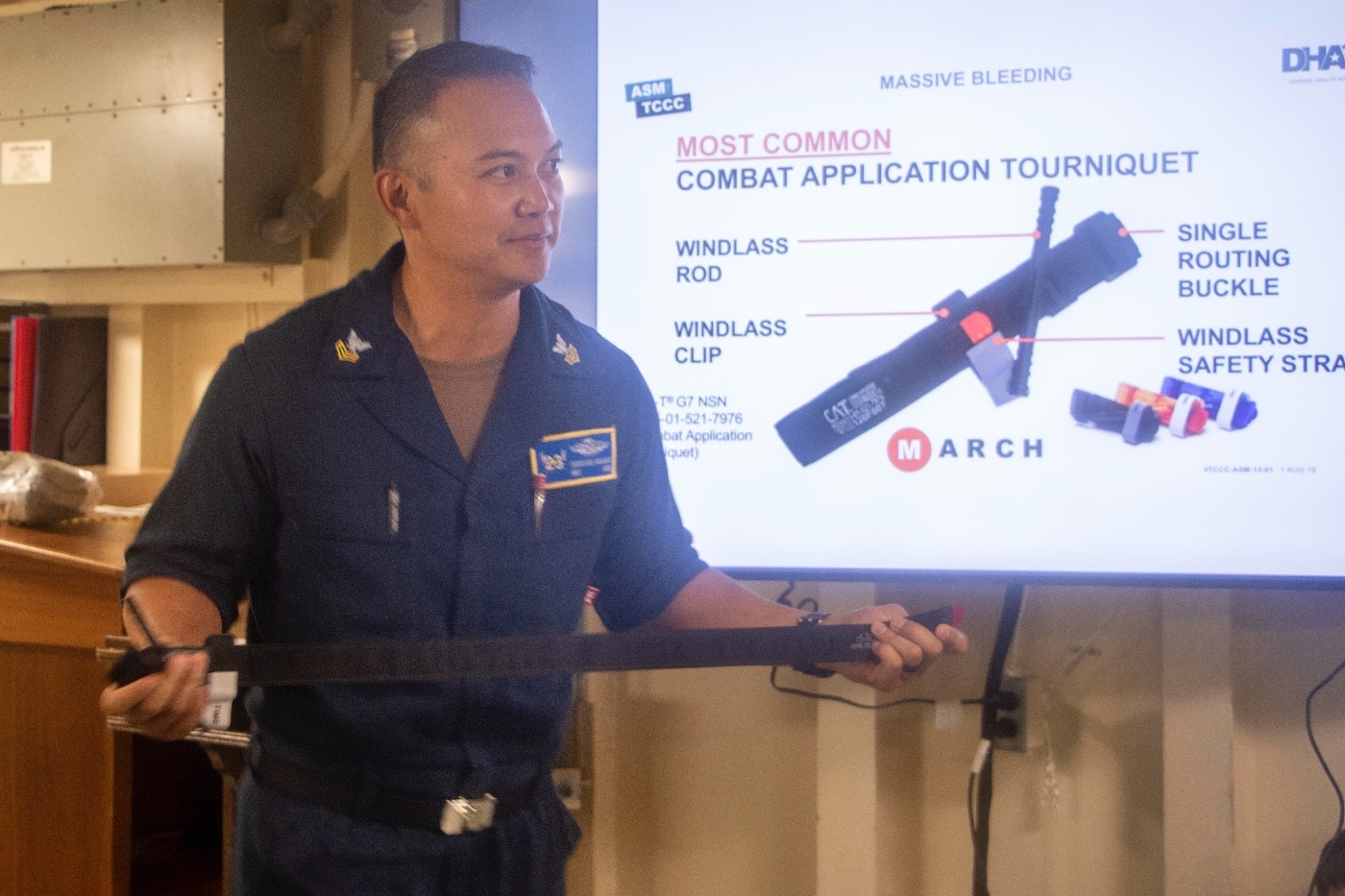
Hospital Corpsman 1st Class Christian Agagas identifies each component of a combat application tourniquet during training. Image: Mass Communication Specialist 1st Class Tom Tonthat/U.S. Navy
The nuances of pneumothoraces are beyond the scope of this discussion.
Balance of probability you wont be doing a needle decompression or improvising a chest tube at home.
The immediate answer in the field is a chest seal.

you’ve got the option to even improvise this.
Commercial versions of chest seals are designed to stick reliably in spite of blood, hair, or ick.
Always store your chest seals in pairs.
Wounds often come in both the entrance and exit variety.
Expect to pay about fifteen bucks for two.
Stop the Bleeding
A typical adult human has about five liters of blood.
Thats two and one-half two-liter Coke bottles.
A good rule of thumb is that if you spill one liter of that youll lose consciousness.
Make that two liters and it will kill you.
The rub is that your heart moves five to six liters of blood per minute at rest.
If somebody is bleeding vigorously, then direct pressure is typically the first step.
Roll up a t-shirt or a clean dish rag and push on the wound.
If youre lucky that will keep things under control long enough for the cavalry to arrive.
Israeli battle dressings are purpose-designed for this mission.
Theyre relatively inexpensive from reputable medical supply houses like North American Rescue.
I always keep at least two.
Get three if you want to crack one open and practice with it.
They have a use-by date, but I wouldnt throw them away if they were past that.
Other products use chitosan derived from shrimp shells to accomplish a similar end.
This stuff comes in sponges, bandages and granules.
The good folks at the hospital will deal with cleaning it out later.
Uncle Sam uses the Combat system Tourniquet or CAT.
The CAT is easy to use.
Pull it up on YouTube and practice a bit in advance.
TheCommittee on Tactical Combat Casualty Care (CoTCCC)publishes a list of recommended tourniquets.
You canread the most recent list here.
Tuck it someplace that is easily accessible and confirm everyone in the family knows how it works.
The American College of Surgeons (ACS) created a program called STOP THE BLEED.
Think of it as CPR for blood loss.
For even more training, many community colleges offer Emergency Medical Technology programs.
Our local school teaches the Basic version in one semester, two nights per week.
Learning that stuff will make you a more responsible citizen.
The resulting skills can even be monetized if you want to pursue the appropriate certifications.
We live in a fallen world.
Itll help keep the monsters at bay.
opt for Go To Forum Thread link below to jump in and discuss this article and much more!
Go to forum thread




